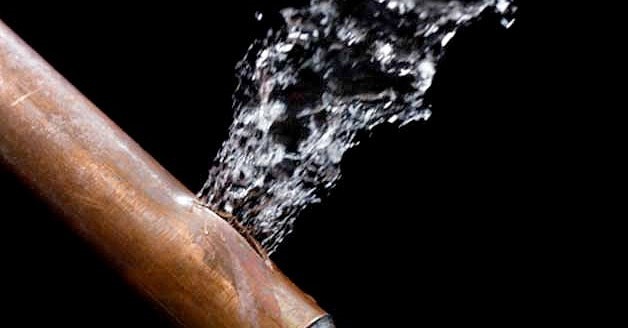How to Check If Your Residence Has a Hidden Leakage
How to Check If Your Residence Has a Hidden Leakage
Blog Article
Just how do you feel with regards to Finding hidden leaks?

Early discovery of leaking water lines can alleviate a potential calamity. Aside from conserving you money, it will certainly reduce the stress and irritation. The minute you discover a leakage, calling your plumber for repair work is the very best solution. Nevertheless, some small water leakages may not show up. Here are some hacks that assist if you can not detect it with your naked eyes.
1. Take A Look At the Water Meter
Every residence has a water meter. Checking it is a surefire way that aids you uncover leakages. For starters, turn off all the water sources. Guarantee nobody will flush, make use of the faucet, shower, run the washing machine or dishwasher. From there, go to the meter and watch if it will change. Because no one is using it, there should be no movements. That suggests a fast-moving leakage if it moves. Similarly, if you find no changes, wait a hr or more as well as inspect back once again. This suggests you might have a slow-moving leakage that could even be below ground.
2. Inspect Water Consumption
Evaluate your water bills as well as track your water intake. As the one paying it, you must discover if there are any discrepancies. If you detect sudden changes, in spite of your consumption coinciding, it implies that you have leaks in your plumbing system. Bear in mind, your water expense should drop under the same array each month. A sudden spike in your costs shows a fast-moving leak.
A stable rise every month, even with the exact same behaviors, shows you have a sluggish leakage that's also slowly rising. Call a plumber to thoroughly inspect your residential or commercial property, specifically if you really feel a warm area on your flooring with piping below.
3. Do a Food Coloring Test
When it comes to water intake, 30% comes from commodes. If the shade somehow infiltrates your bowl during that time without flushing, there's a leak between the storage tank as well as bowl.
4. Asses Exterior Lines
Don't fail to remember to inspect your outside water lines as well. Examination faucets by connecting a yard pipe. Needs to water permeate out of the link, you have a loosened rubber gasket. Change this as well as make certain all links are limited. It will certainly assist get it skillfully analyzed and maintained yearly if you have actually got a lawn sprinkler system. One tiny leak can squander tons of water and also spike your water costs.
5. Assess the scenario as well as examine
Property owners should make it a habit to examine under the sink counters and also even inside cupboards for any type of bad odor or mold growth. These two red flags suggest a leakage so timely attention is required. Doing regular evaluations, even bi-annually, can save you from a significant issue.
Check for stainings and weakening as a lot of pipelines and devices have a life span. If you suspect leaking water lines in your plumbing system, don't wait for it to rise.
Early discovery of leaking water lines can mitigate a prospective disaster. Some tiny water leakages might not be noticeable. Examining it is a proven means that aids you uncover leakages. One tiny leak can throw away lots of water and also spike your water bill.
If you suspect dripping water lines in your plumbing system, don't wait for it to escalate.
WARNING SIGNS OF WATER LEAKAGE BEHIND THE WALL
PERSISTENT MUSTY ODORS
As water slowly drips from a leaky pipe inside the wall, flooring and sheetrock stay damp and develop an odor similar to wet cardboard. It generates a musty smell that can help you find hidden leaks.
MOLD IN UNUSUAL AREAS
Mold usually grows in wet areas like kitchens, baths and laundry rooms. If you spot the stuff on walls or baseboards in other rooms of the house, it’s a good indicator of undetected water leaks.
STAINS THAT GROW
When mold thrives around a leaky pipe, it sometimes takes hold on the inside surface of the affected wall. A growing stain on otherwise clean sheetrock is often your sign of a hidden plumbing problem.
PEELING OR BUBBLING WALLPAPER / PAINT
This clue is easy to miss in rooms that don’t get much use. When you see wallpaper separating along seams or paint bubbling or flaking off the wall, blame sheetrock that stays wet because of an undetected leak.
BUCKLED CEILINGS AND STAINED FLOORS
If ceilings or floors in bathrooms, kitchens or laundry areas develop structural problems, don’t rule out constant damp inside the walls. Wet sheetrock can affect adjacent framing, flooring and ceilings.
https://www.servicemasterbyzaba.com/blog/how-to-detect-water-leakage-in-walls/

We had been made aware of that article about Leaking water lines through an associate on our other web page. Do you know about somebody else who is interested in the topic? Why not share it. We value reading our article about Finding hidden leaks.
Report this page